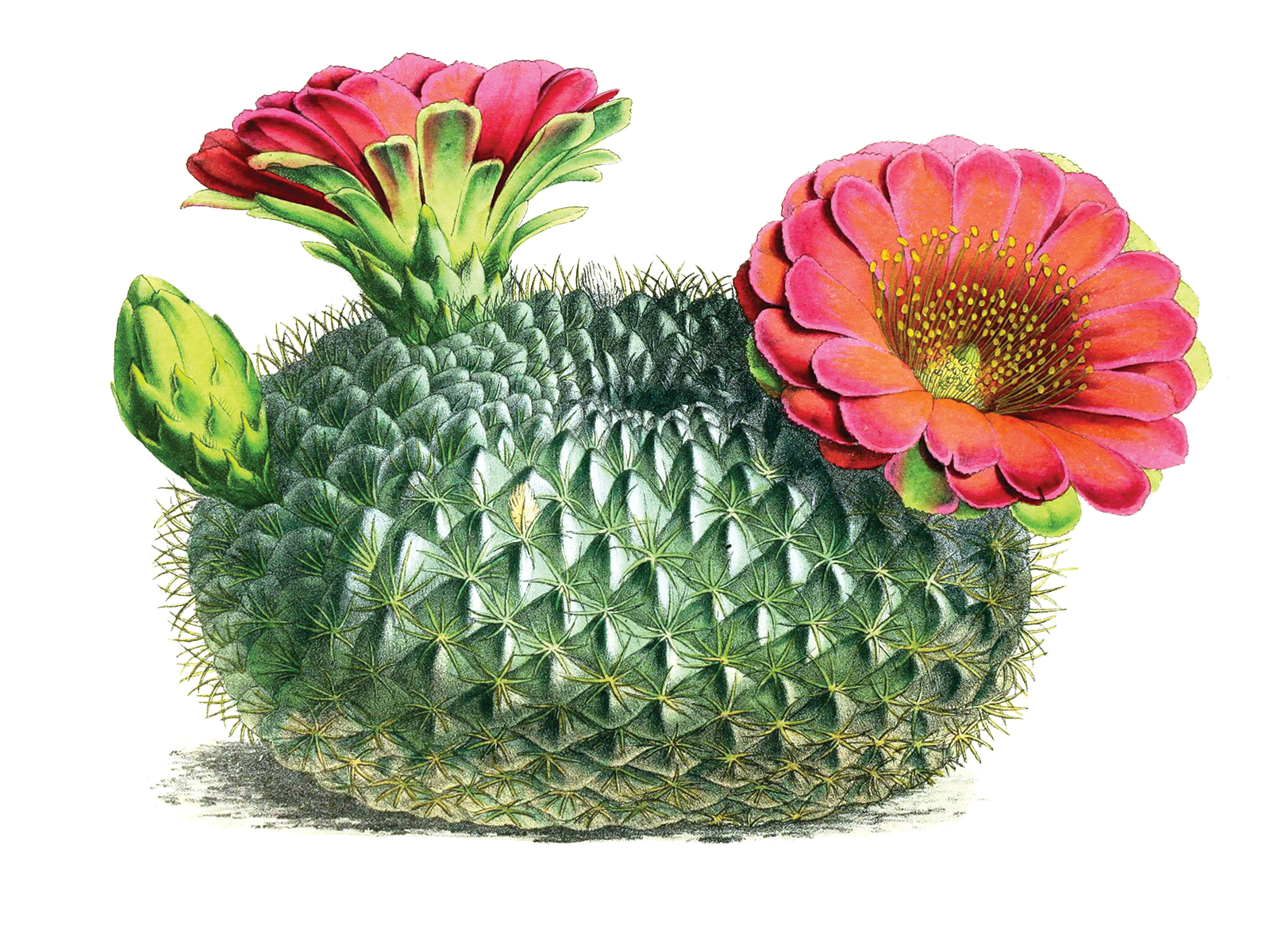The Local newsletter is your free, daily guide to life in Colorado. For locals, by locals.
Since 1792, readers have turned to the annual hodgepodge of advice, astronomy, wit, and witticism known as the Old Farmer’s Almanac to maintain lush lawns and plentiful harvests. 5280 hasn’t been around quite that long, but after almost 26 years in Denver, it’s time for us to impart a bit of knowledge about gardening in the Centennial State. With the help of local horticulture gurus, we compiled a concise list of cultivation tips that will turn even the blackest thumb green.
Last year: One of the Front Range’s summer hailstorms turned your flowers into sad confetti.
This year: Plants with large leaves, like catalpa, often rip when hail strikes. Instead, opt for small-leaved ornamental grasses or hardy yucca and cactus, which can stand up to the icy incomings. If you must have that giant hosta, though, cover it with a bedsheet when skies darken.
Last year: You couldn’t water thirsty plants fast enough for the semiarid climate, so your landscape shriveled by July.
This year: Look for options with thick leaves, like agave; the sturdy fronds store enough H²0 to withstand dry spells. Foliage with a sun-reflecting sheen, like Russian sage, also fare well. Still, watering is non-negotiable.
Last year: Pests chewed through your hibiscus. Again.
This year: The pesky Japanese beetle feeds on more than 300 plant species in Colorado, especially roses, elm, and birch. They don’t crave sweet bay magnolia, hemlock, or white ash trees, though. Larger pests, like deer, are less likely to nibble on purple coneflowers, allium flowers, and the common juniper.
Make A Plan(t)
A condensed schedule for growing and planting in Denver.
April: If you want fresh herbs by summer, plant seeds indoors this month.
May: Aerate your lawn; warming temps and moisture from snowmelt make the soil soft and malleable.
Late May (after final frost): Plant annuals, perennials, trees, and shrubs, plus the potted veggies and herbs you’ve kept indoors.
Ask Andie
Andie Wommack, Colorado State University Extension horticulture agent, offers advice for protecting pollinators:
In urban environments with large swaths of concrete, like Denver, pollinators rely on potted plants on balconies and porches. Most annuals do well there because you can control the soil quality and amount of water they get. If you do have a garden, don’t put down plastic or fabric to deter weeds—many types of bees nest in the soil and won’t be able to reach their homes. Lay out a small dish of water with rocks, too, so pollinating insects can land and take a drink.
Look to the Skies
No farmer’s almanac is complete without some astrology. Let the stars guide your decisions this month.
New Moon: April 5
The moonless sky marks a new beginning—all the more reason to get thee to Coors Field today for the Colorado Rockies’ first home game.
Jupiter Goes Retrograde: April 10
A planet in retrograde appears to move backward in the sky. While some believe the optical illusion brings chaos, others say it’s a good time to reflect and make amends.
Full Moon: April 19
Emotional energy peaks with the full moon, leading to rash decisions. Save big changes, like switching jobs, for another time of the month.
Visit plantselect.org for a list of greenery recommended by Colorado State University, Denver Botanic Gardens, and horticulturists.









